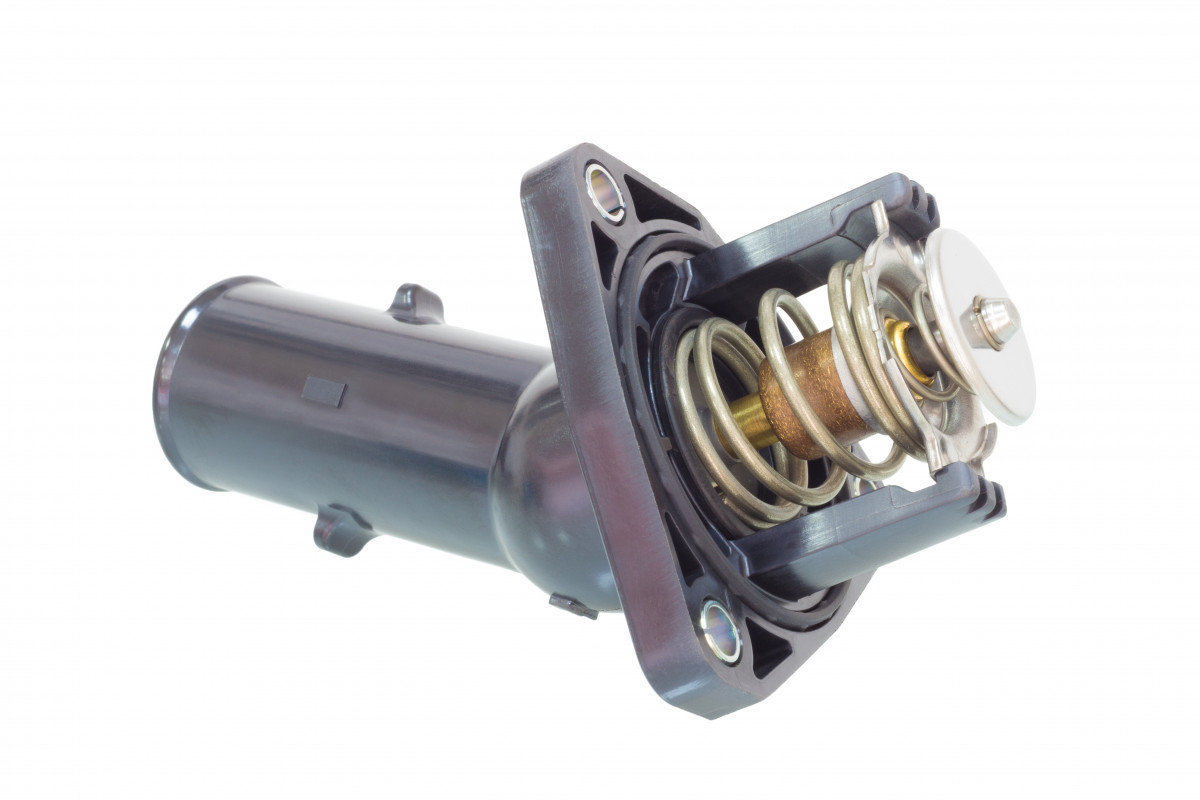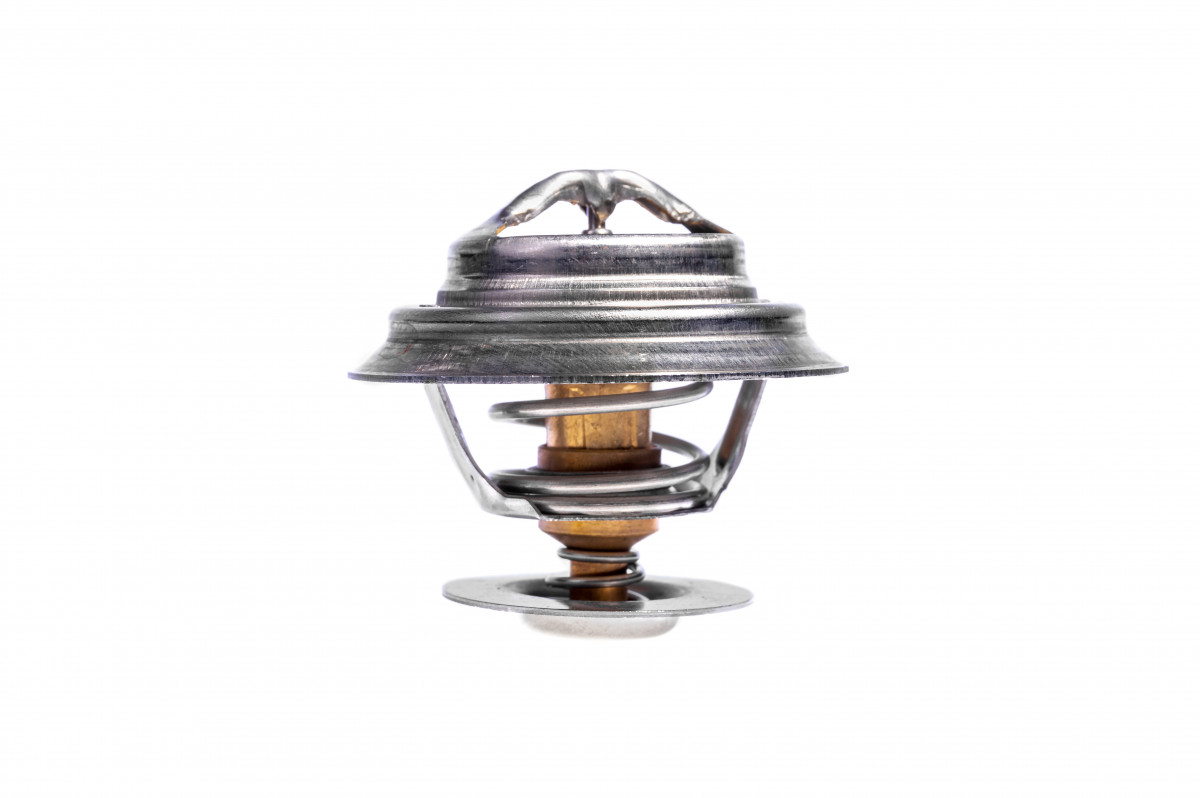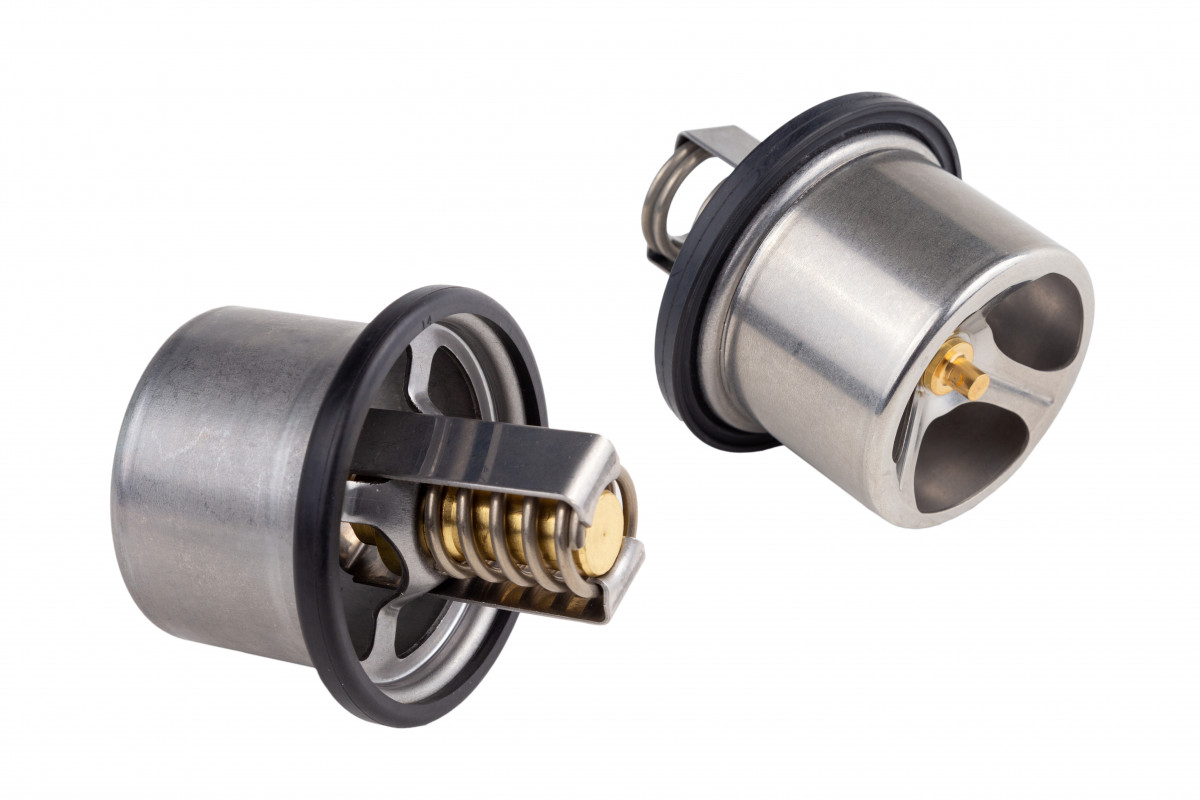Stant’s initial entry in the automotive industry started with Henry Ford and cooling systems, providing Moto-Meters for use on radiators starting in the 1920s. In some instances, the Moto-Meter was combined or incorporated with hood ornaments. As cooling systems evolved, so did Stant’s radiator cap technology offering pressure as well as pressure and vacuum relief. Later, safety features were added such as the patented Lev R Vent. Today Stant offers a wide range of coolant cap options for both OE and Industrial applications.

In the late 1980s, Stant entered the thermally actuated valve market. On offer today is a wide range of thermostatic valves for use in automotive engine and transmission cooling, Industrial diesel fuel warming, and aircraft hydraulic and fuel cooling applications. These products operate on the principal of thermal expansion to open fluid flow paths. Stant thermal valves are engineered to open repeatedly at customer temperature requirements with strokes ranging from 2 to 15 mm.
The next step in the evolution of thermal valves has been to make them active. To this end Stant has developed methods to electrically heat and reliably seal the thermal expansion elements used in thermostats. Products on offer aide the goal of better maintaining the engine operating temperature in its optimum range for the best fuel economy and lowest emissions.
The future is Electric! Stant is now offering valving and venting solutions for the battery electric vehicle. Vent valves are being designed for battery packs to equalize the internal pressure and quickly vent in cases of over-pressurization. Coolant loop control valves for use in battery heating/cooling, cabin heating/cooling and charging cooling can be designed to customer specific flow/pressure drop requirements.


